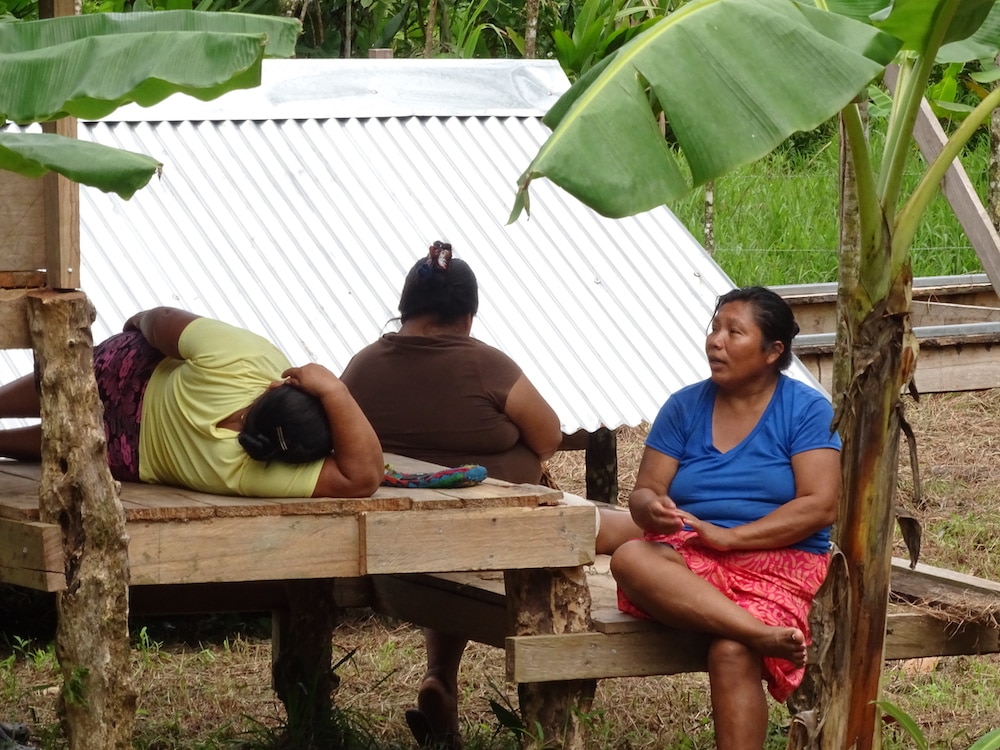I stayed at Bambuda Lodge on Isla Solarte. I had to go by boat to Isla Colon to cross with Mathilde to Cristobal Island.
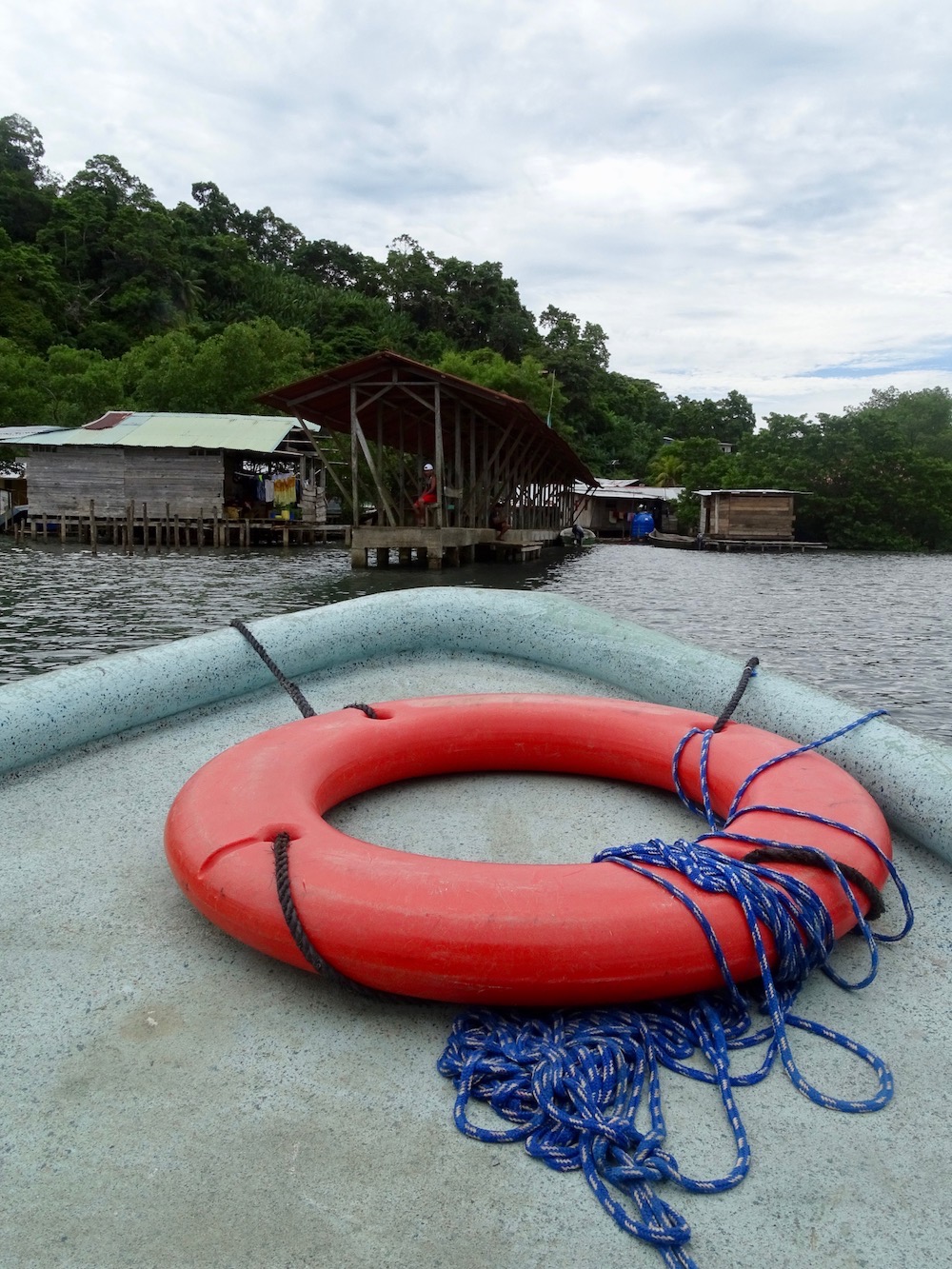
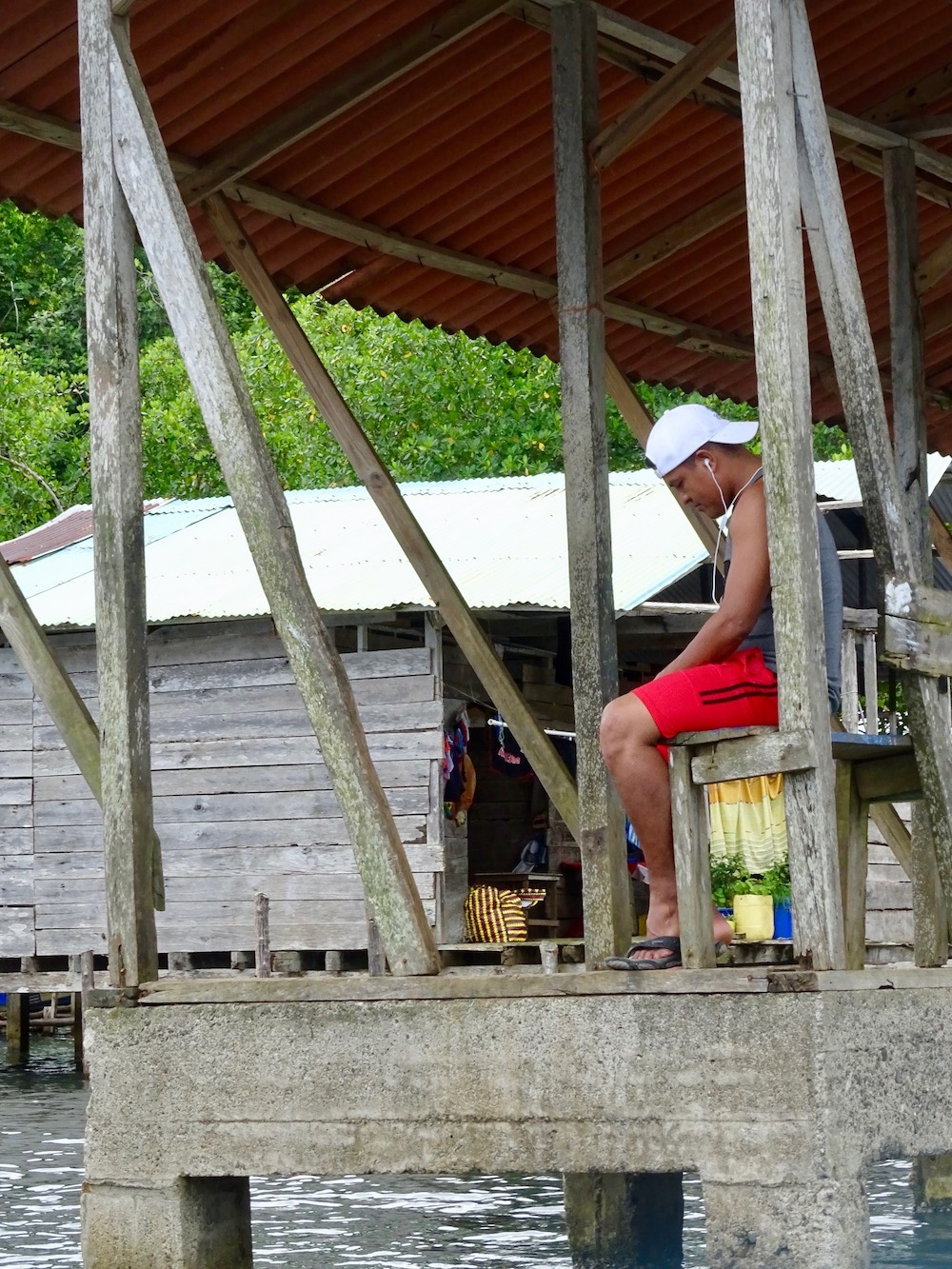

The island was named after Christopher Columbus who arrived in Bocas del Toro on his fourth trip. It is part of the new ‘Storm Route’ organized by the Bocas del Toro Chamber of Tourism.
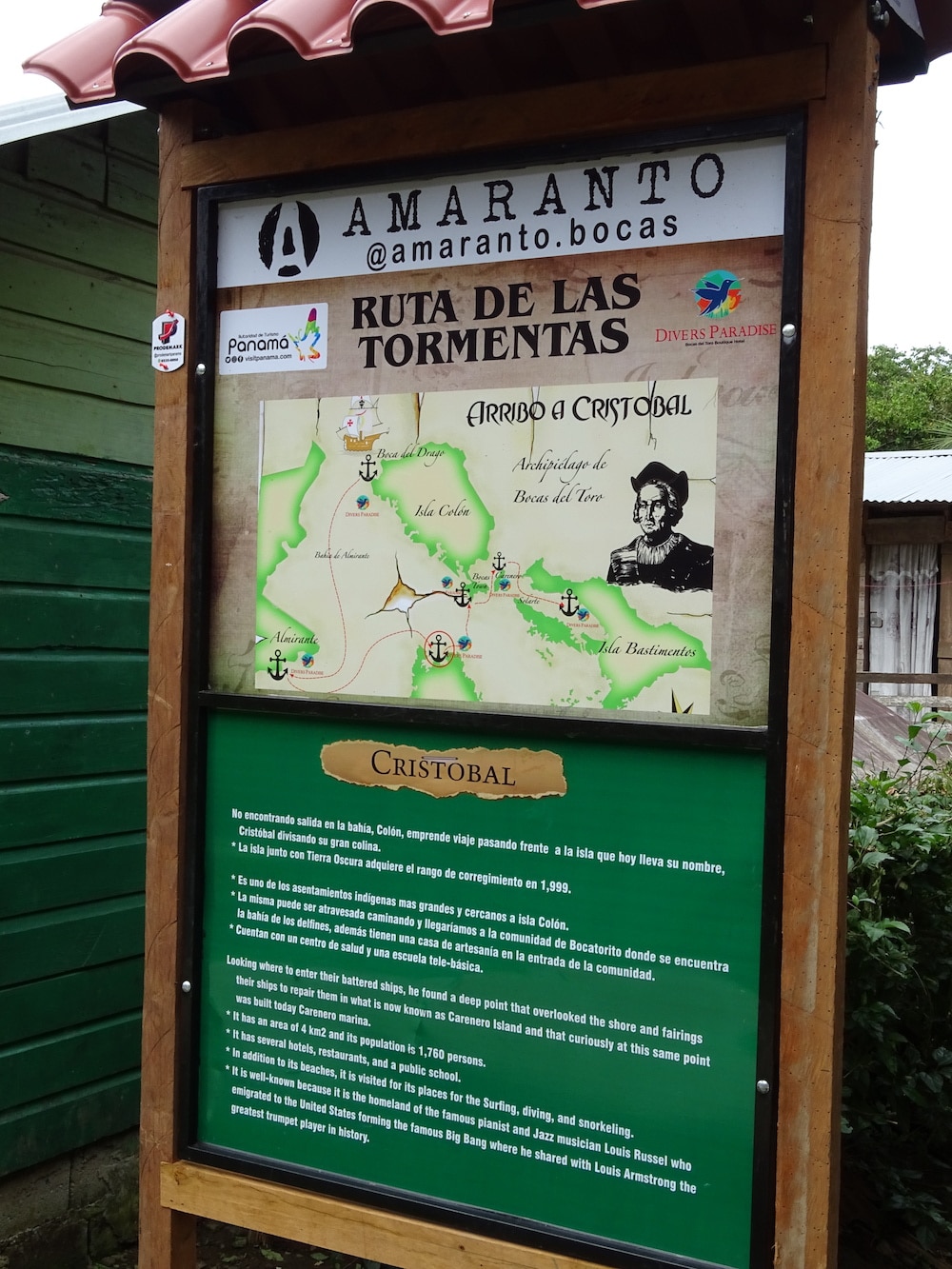
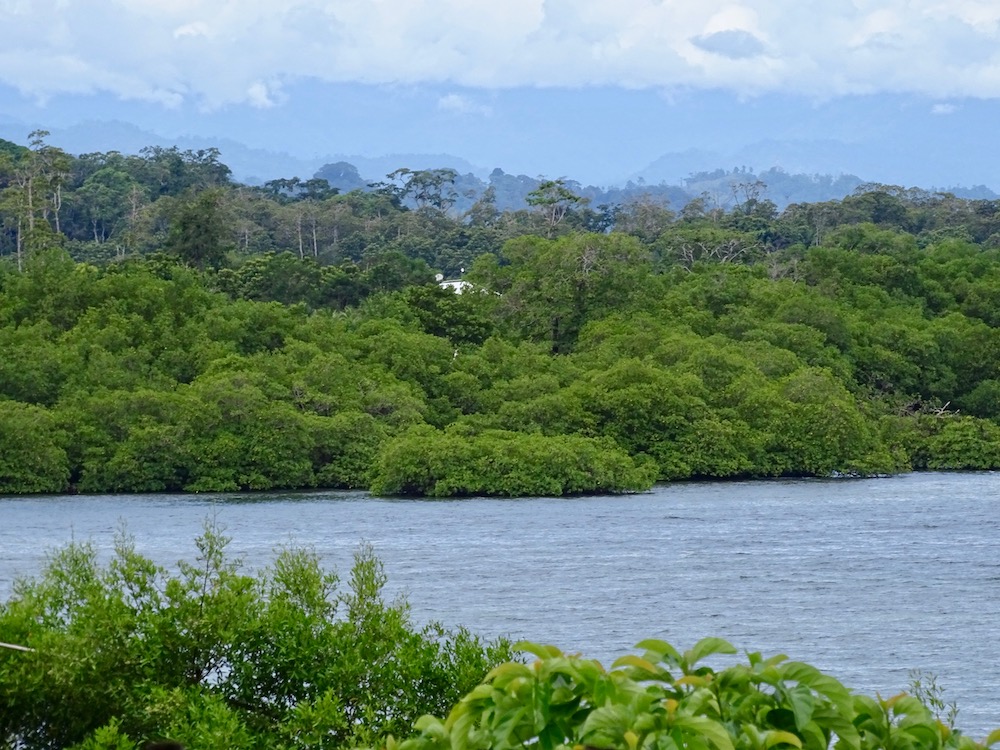
San Cristobal
On this island there is a large indigenous community called San Cristobal. We got off on a wooden pier to start our tour of the town. They have cut the mangroves and that’s why the houses are built on stilts. There is a lot of water on the streets, therefore it is better to wear boots. Despite the heavy rainfall, the community has problems of a lack of drinking water, caused by climate change. They have a well that was built in the 1940s after World War II.
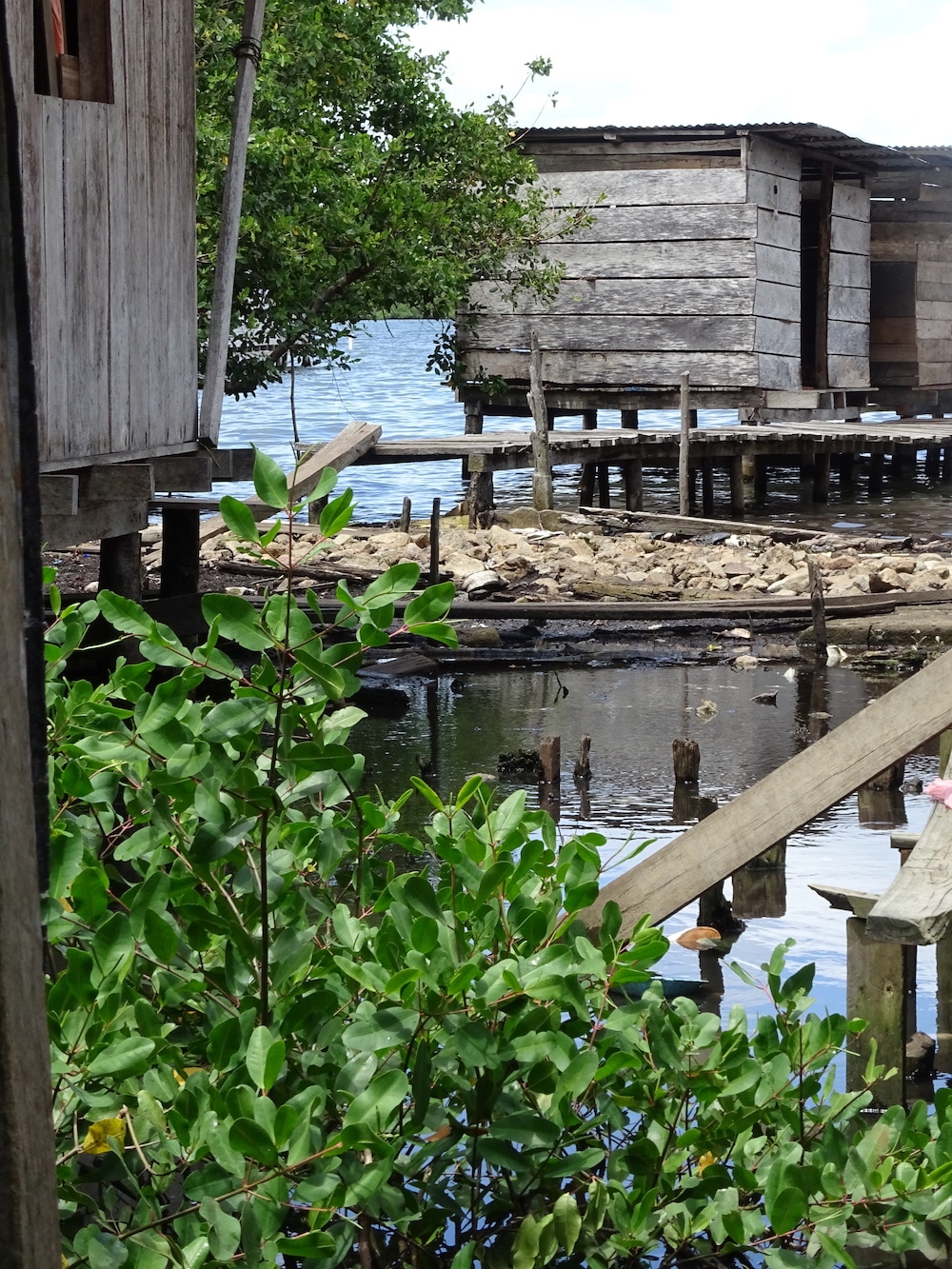
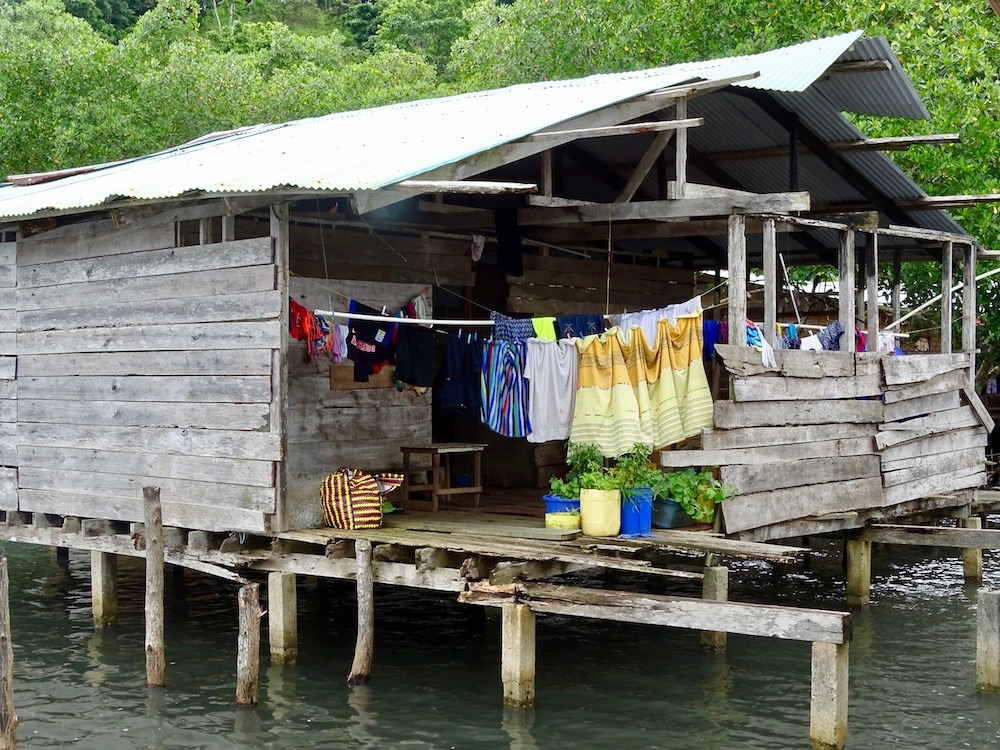
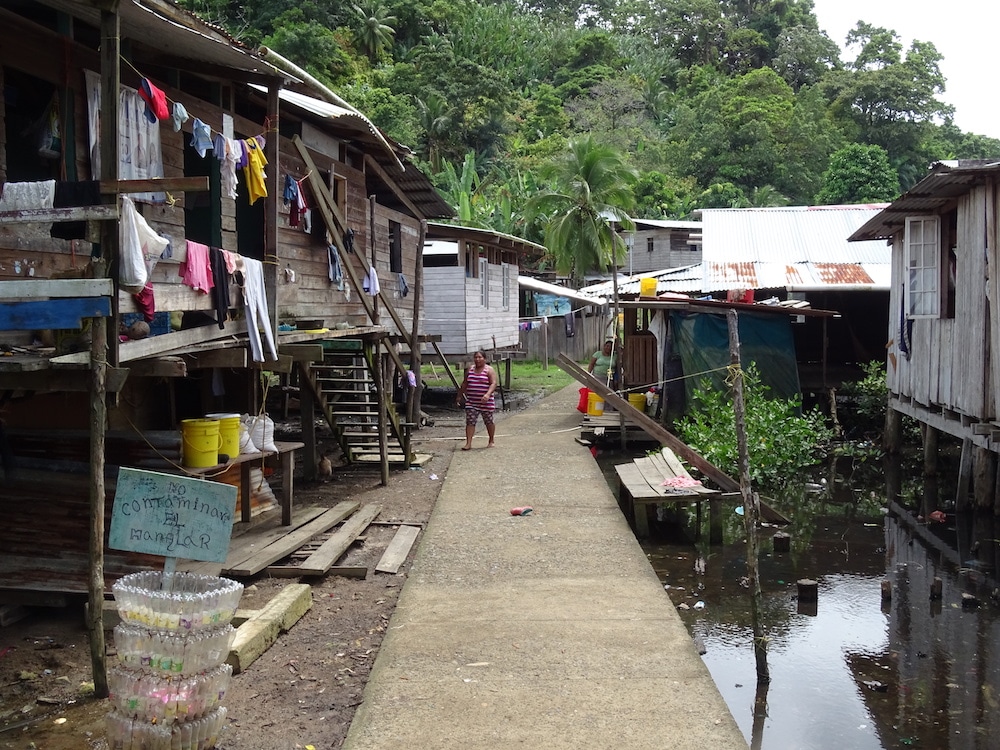
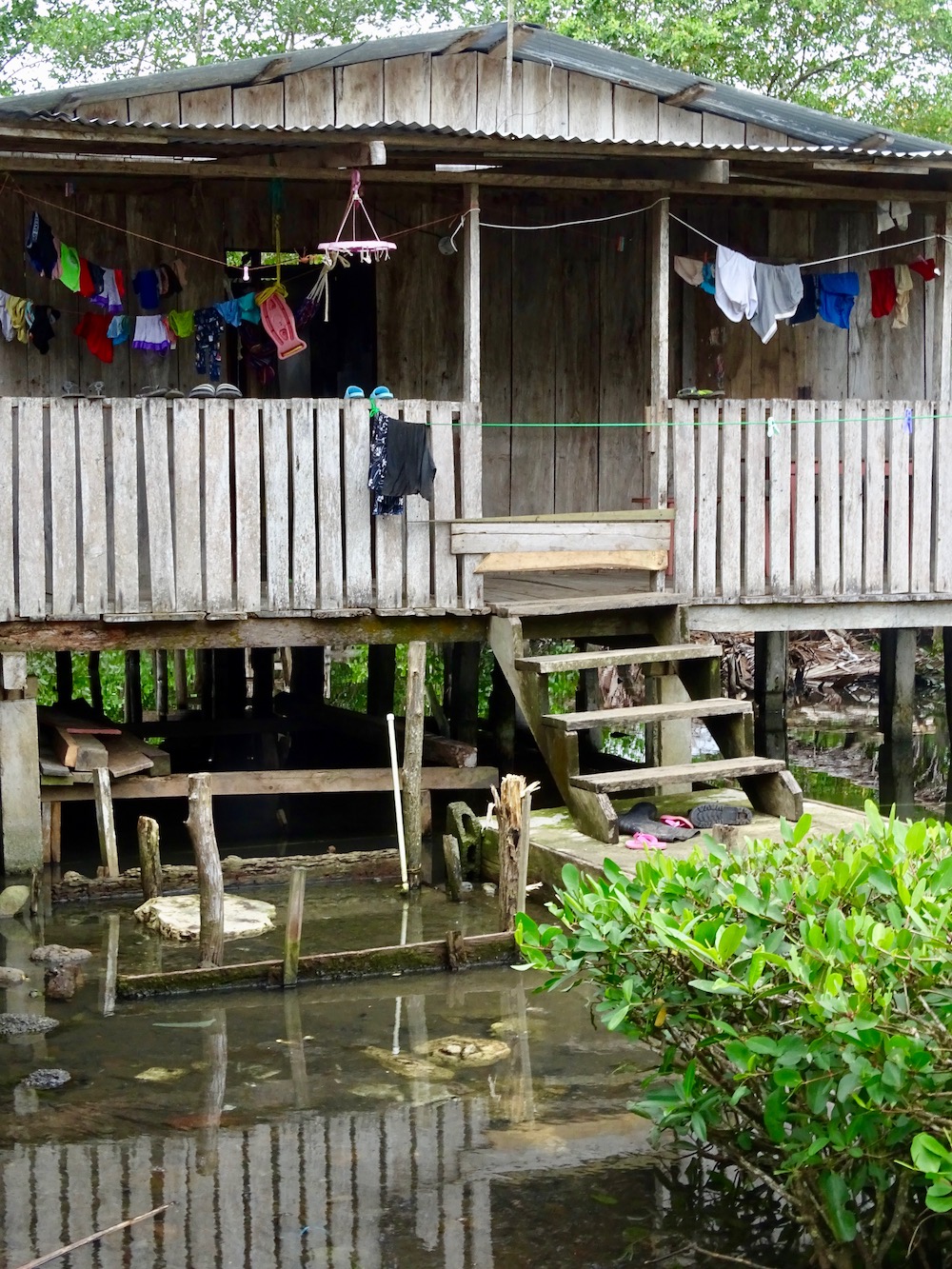
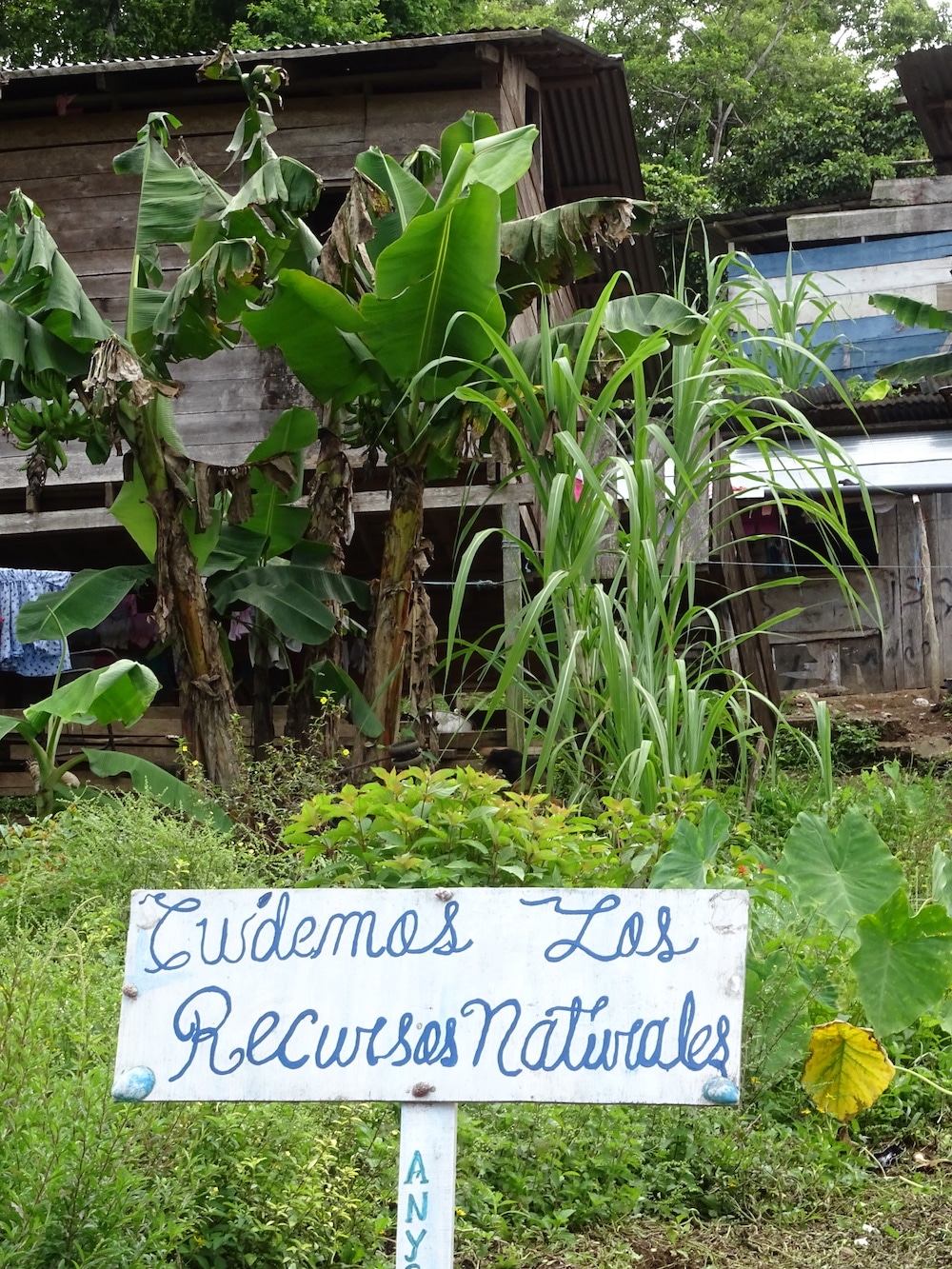
The 95 houses in the community are home to about 1,000 people. The town is full of life because there are many children playing in the streets.


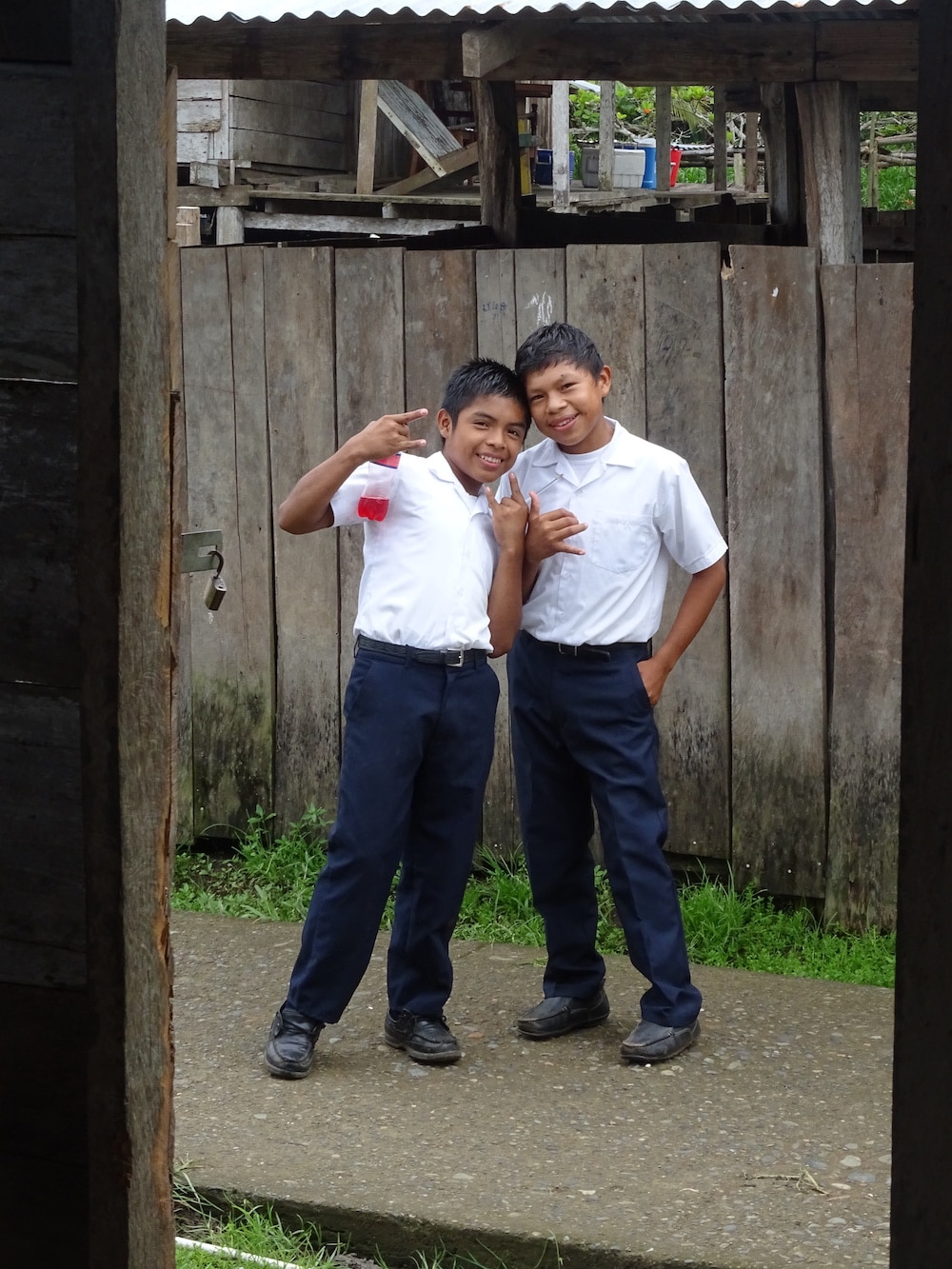

The people are very friendly and more so since I was with a local celebrity. Everyone knew Mathilde as she brings tourists on her medicinal plants tour with Citizens of Chocolate. She works with women who have formed a collective to make crafts with fiber and natural dyes.


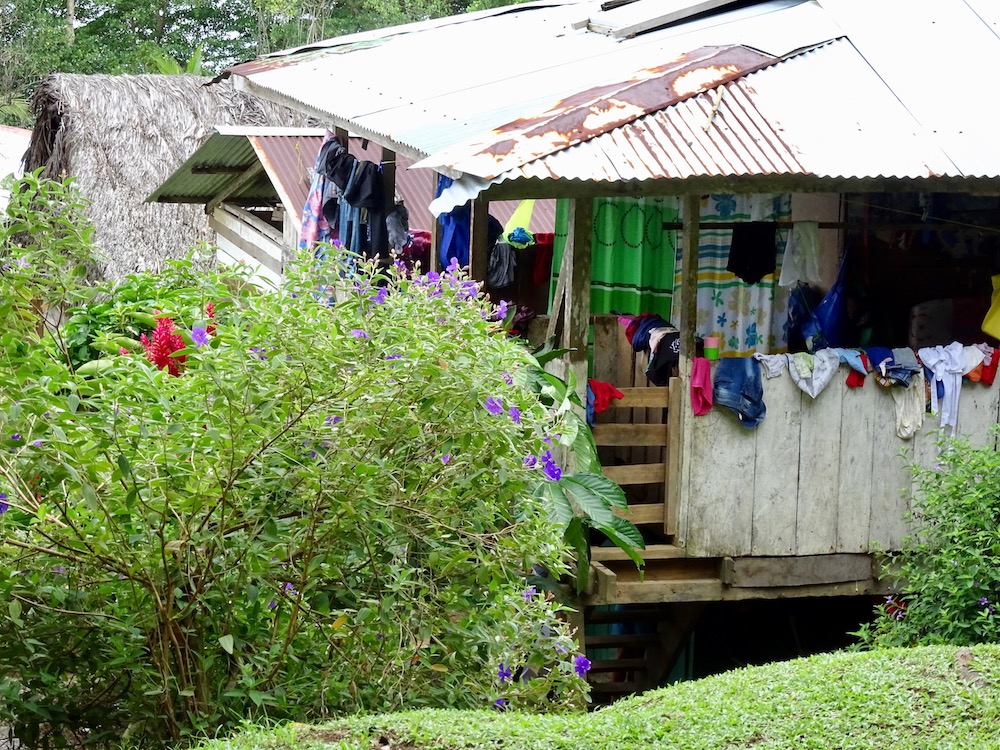
They make ‘chaquiras’ that are bracelets and necklaces woven with beads. They also sell bags called ‘chácaras’ and ‘nagua’ which is the traditional dress of the Ngöbe-Buglé.


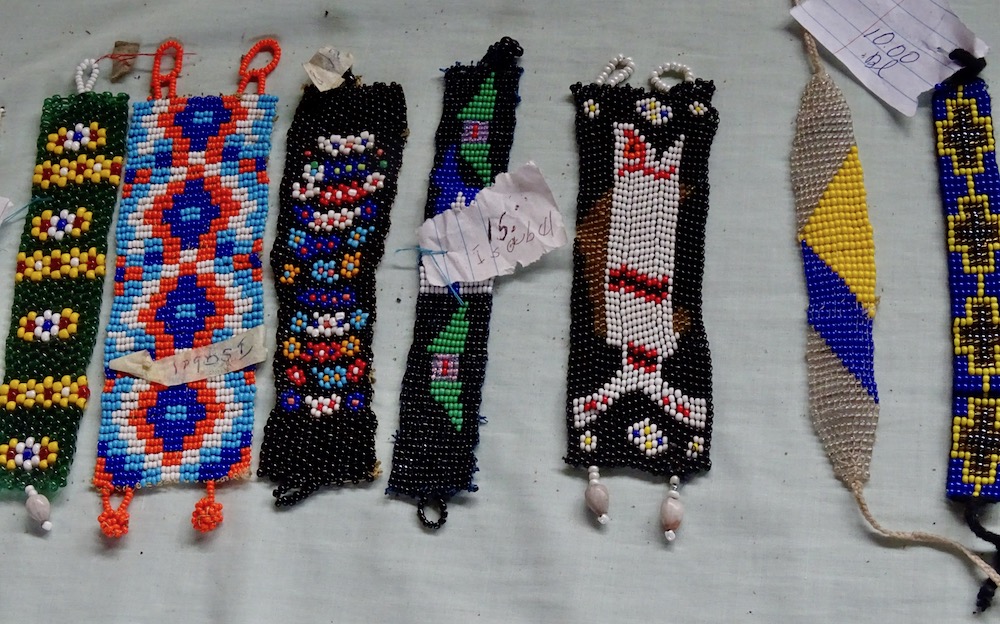

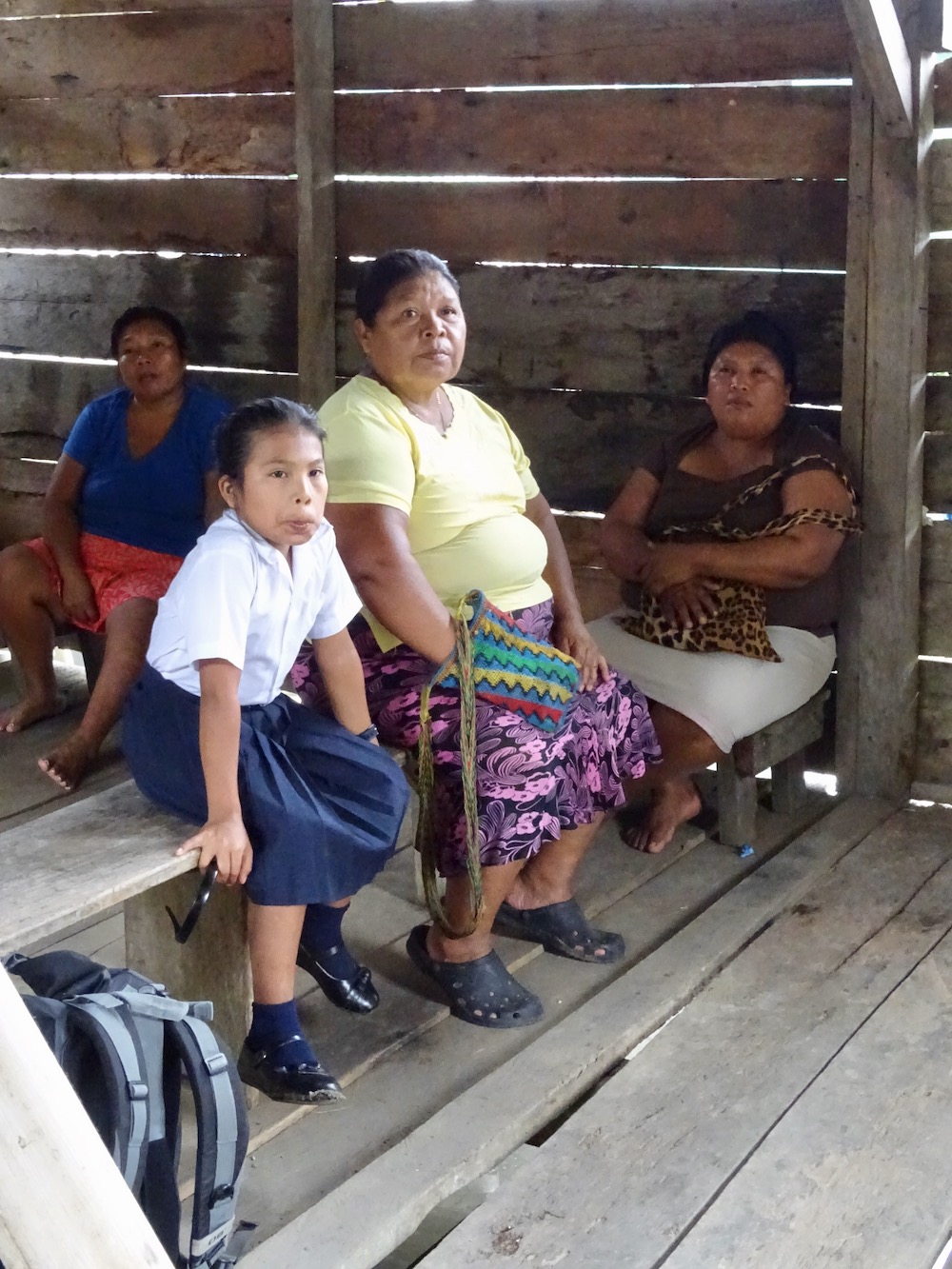
Mathilde Grand
I met Mathilde about 10 years ago when she had a coffee shop called ‘Starfish Café’ on the main street of Isla Colon. We sat down for lunch after visiting Cristobal Island and she told me her story. She arrived in Bocas del Toro in 1999 to work with the Ngöbe-Buglé region. Mathilde used to worked for ‘North American Congress on Latin America’ (NACLA) in New York. This nonprofit organization has the largest database of Latin America.
She went to Bocas del Toro in December for two weeks. It didn’t stop raining all the time. Mathilde had to take pictures, but at that time there were no digital cameras. The humidity damaged the camera and she had to put it in the oven every night. It was a nightmare, she almost drowned in Bahía Azul while being transported for five hours in a small ‘panga’ in the open sea. She thought he would never return to this horrible place and got on her plane to New York.
Then she went to Honduras to work with the Garifunas. Six months later, she received a call from her editor saying that the photos were useless and she had to return to Bocas del Toro. This time it was in September, which was summer. She fell in love with Bocas del Toro and decided to leave New York after 12 years. Her work was with the natives, but she felt that it did not make much impact being a short time in one place. Mathilde already had experience working with the rainforest and agriculture in Mexico, Honduras, Peru and Ecuador. Cocoa was the obvious option in Panama.

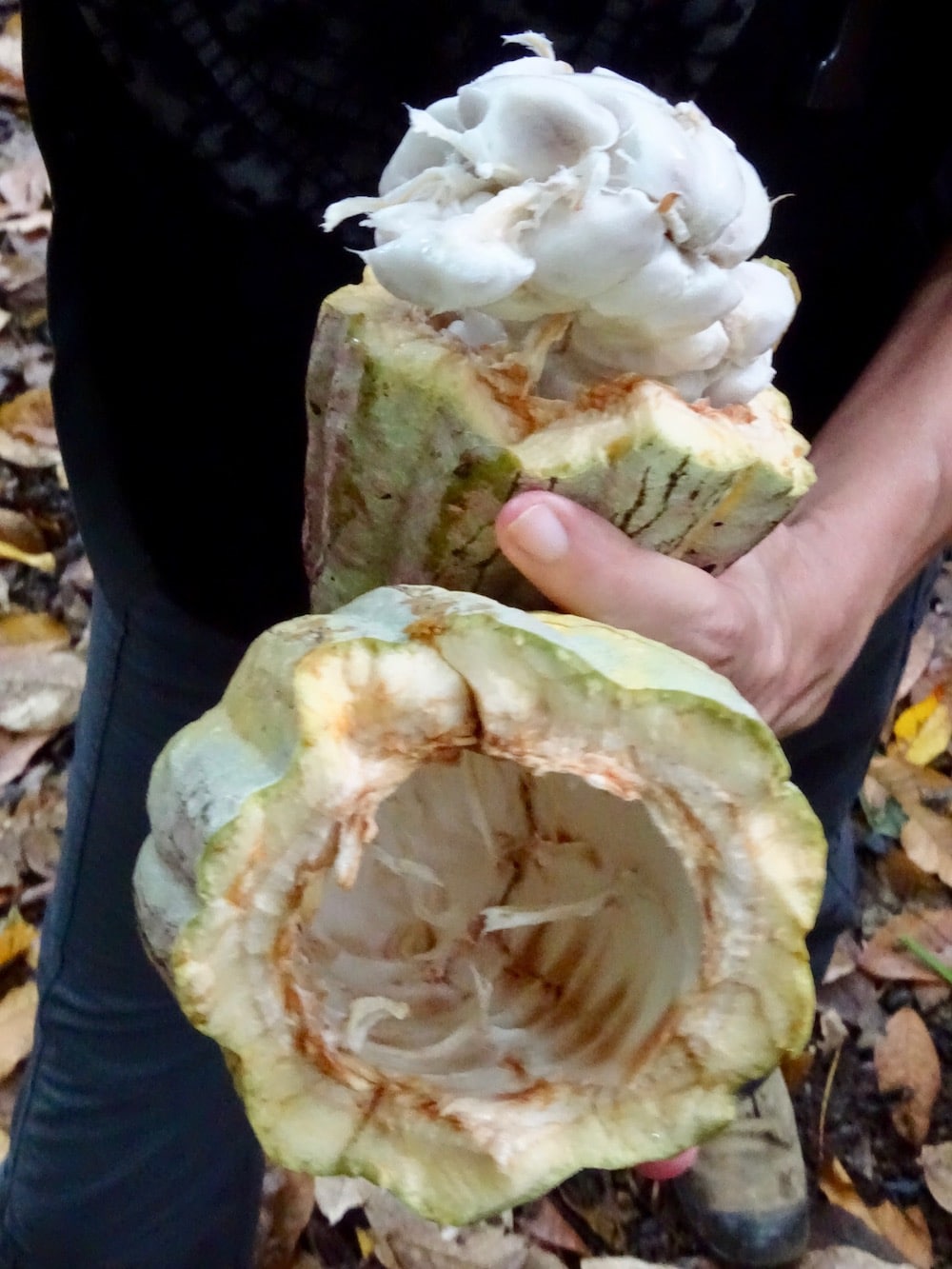
Panamanian Cocoa
Panama is internationally known for its coffee. Cocoa can also have the same export quality, but it has been ignored. Unlike coffee, which can only be planted in the highlands, cocoa is suitable for planting throughout the country. The main difference, according to Mathilde, is that coffee farms are owned by powerful families while cocoa is from the poor and indigenous. But this is changing as coffee companies like Kotowa are investing in Panamanian cocoa.

I had already done the Oreba Chocolate Tour in Almirante. The experience in San Cristobal was very different since they are not yet ready to receive tourists. Mathilde works with the local community to rescue Creole genetics and help them improve practices.

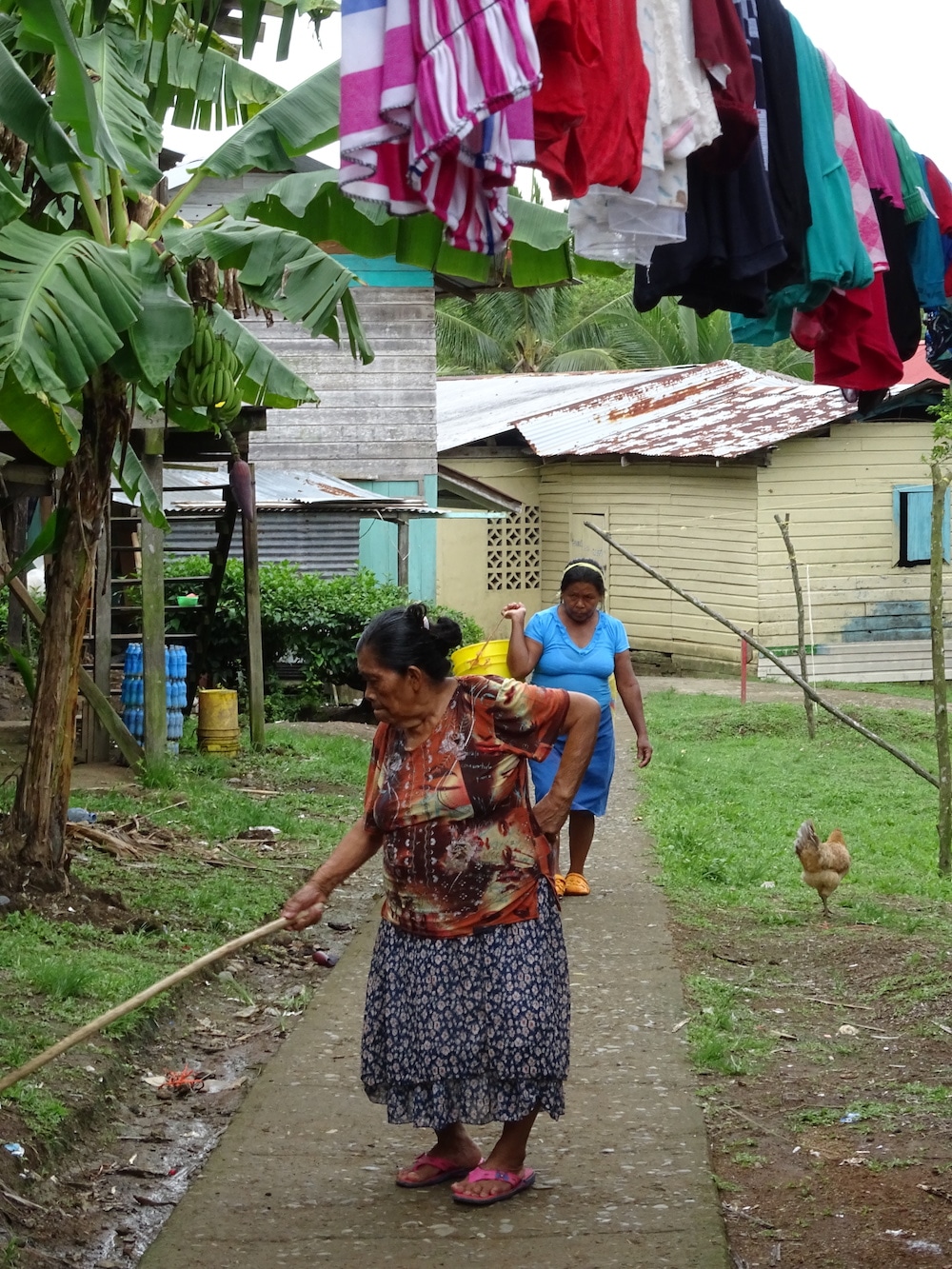
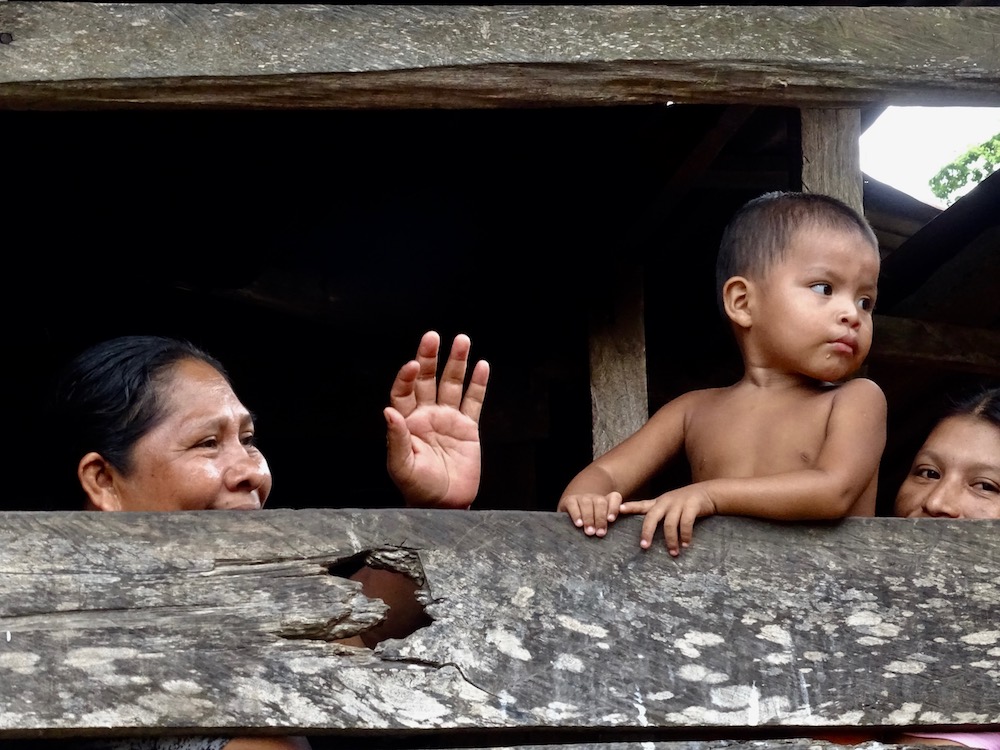
Creole genetics
One of the main challenges to produce fine Panamanian cocoa is genetics. Beginning in the 1970s, varieties from other countries, that were supposedly resistant to diseases, were brought. This was true for a decade and then it didn’t work anymore.
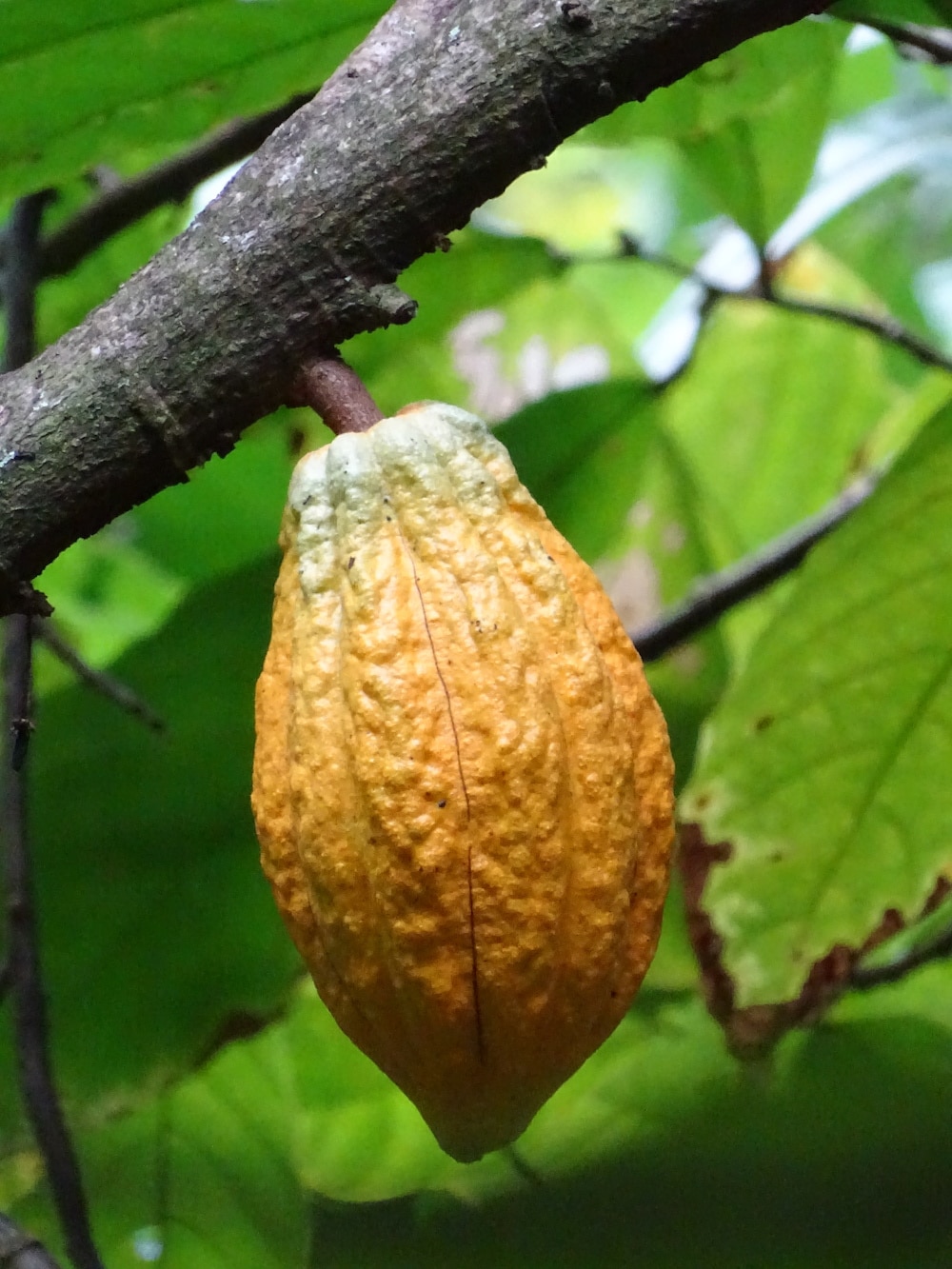


They started making hybrids and there was a lot of cross pollination. In a single farm you can have up to 15 varieties of Panamanian cocoa. Hybrids do not have the quality sought abroad because they are poor in butter and flavor. People think that all cocoa has the same quality and that is not true. Currently only 50% of Panamanian cocoa is considered fine for export, while Costa Rica reaches 100%. With the help of the Agricultural Research Institute of Panama (IDIAP) work is being done to rescue the Creole varieties.

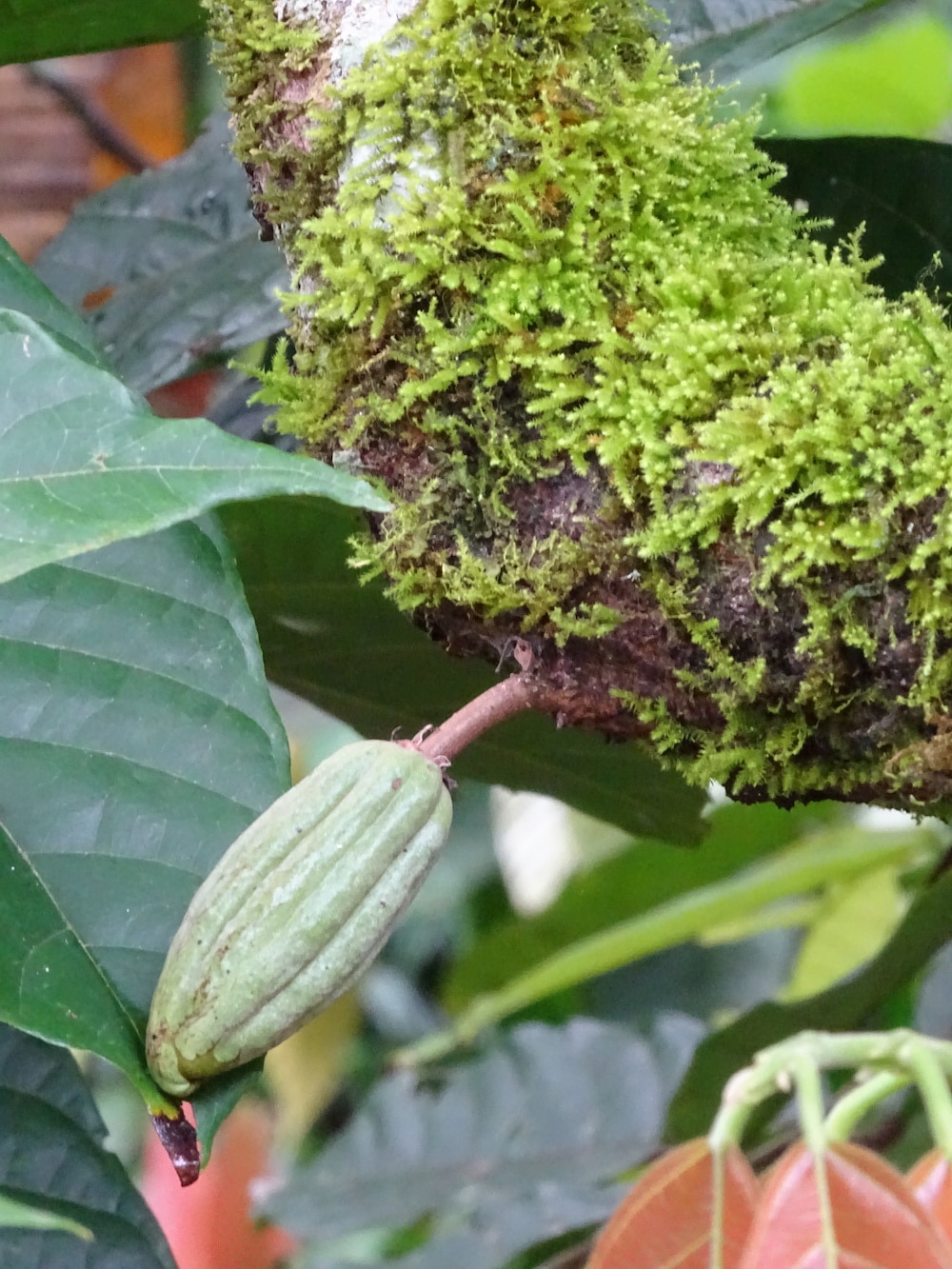
Mathilde is part of the technical table for the production of Panamanian cocoa in Changuinola. She learned in Mexico and then in ‘The Darklands’ with the older indigenous. If you know which are the best trees, you should make a nursery with their seedlings. When they have between three to four months they must be grafted into the stick where the seed comes from. It should not be sown directly in the ground.
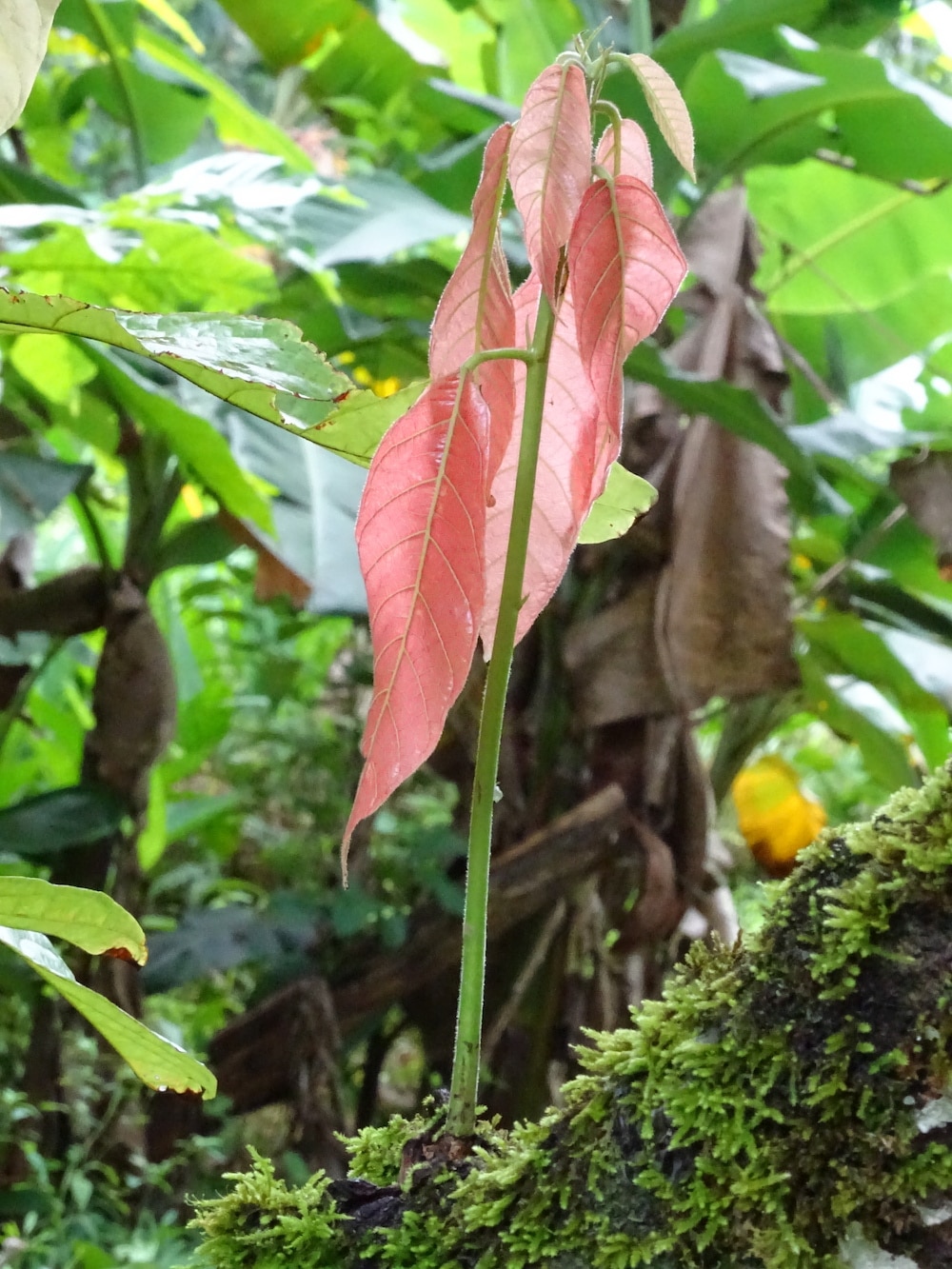
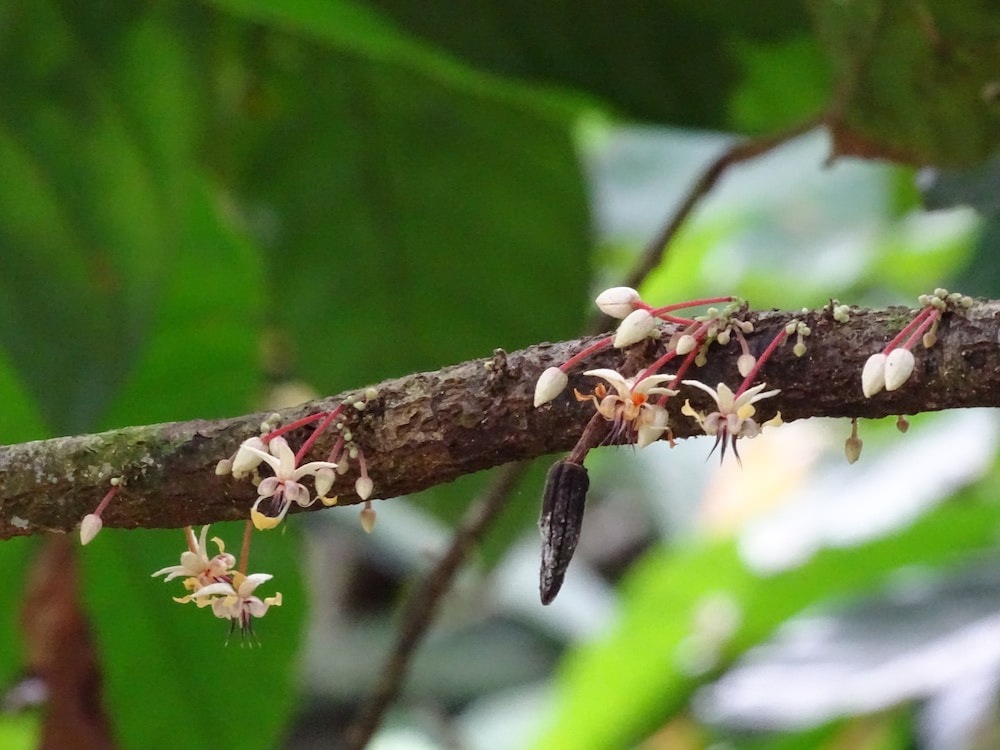
Cocoa post-harvest
Fine cocoa must have good genetics and also handling after it is harvested. Traditionally the natives put the cocoa in a sack of rice and let it ferment for a week, without oxygen or ventilation. This produces an acid and low quality cocoa, like yogurt or past milk.
40% of the chocolate flavor comes out in the fermentation process that must be oxygenated. It is placed on a surface for two days, where the beans are covered and stirred. Heat and fermentation produces ethanol bringing out the flavor of cocoa. Then you go to the second platform for two more days and one more in the last. The entire process takes between six to seven days, then it starts to dry.
She built basic infrastructure for drying, fermentation and storage of cocoa. A wooden plank with a metal roof that opens and closes using rails. If there is sun it should open, but closed if it rains. It is quite difficult to change practices, but they are doing seminars and small processing centers for Panamanian cocoa in different areas of Bocas del Toro.

Chocolate Fair in Bocas del Toro
‘Show-colate International Fair’ was the first chocolate fair in Panama. It was held on September 29 in Bocas del Toro. October 1 is World Cocoa and Chocolate Day, therefore, it will always be the weekend closest to the date. Mathilde is French and in France they have the largest chocolate fair in the world. ‘Salon du Chocolat’ makes a contest where everyone uses the same raw material to compete in equality. She copied the model and had 12 participants who made their own chocolate using Panamanian cocoa. The winner was Dorien Van den Abbeele, a Belgian-Panamanian who lives in Bocas and grows her own cocoa.
The 120 people who attended could also taste. Adults could try five pieces and children three. Each participant brought chocolate pieces for tasting. If you do not go during the fair and want to buy chocolate in Bocas del Toro you can go to Super Gourmet or Up in the Hill in Bastimentos.
The chocolate fair had exhibitions and presentations by the Ministry of Agricultural Development of Panama, which even taught how to graft cocoa plants. Another of the organizers was Joseph Archbold who has two restaurants in Bocas del Toro and uses cocoa in his recipes. The event was held at Pirate Heart Experience in Isla Carenero. In this cultural center a rock and roll concert was held at the end of the chocolate fair. Mathilde hopes that this type of activity will serve to position Panamanian cocoa internationally.


